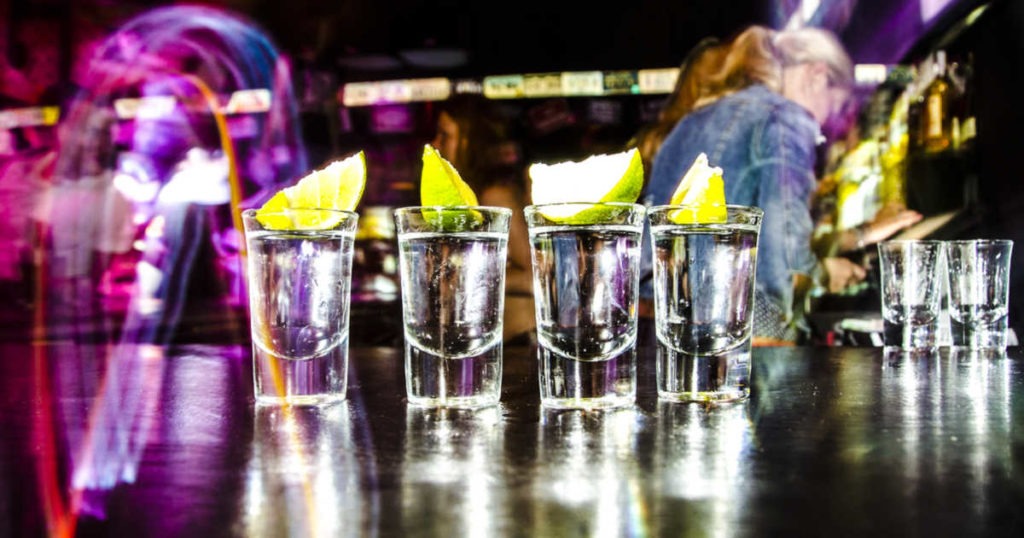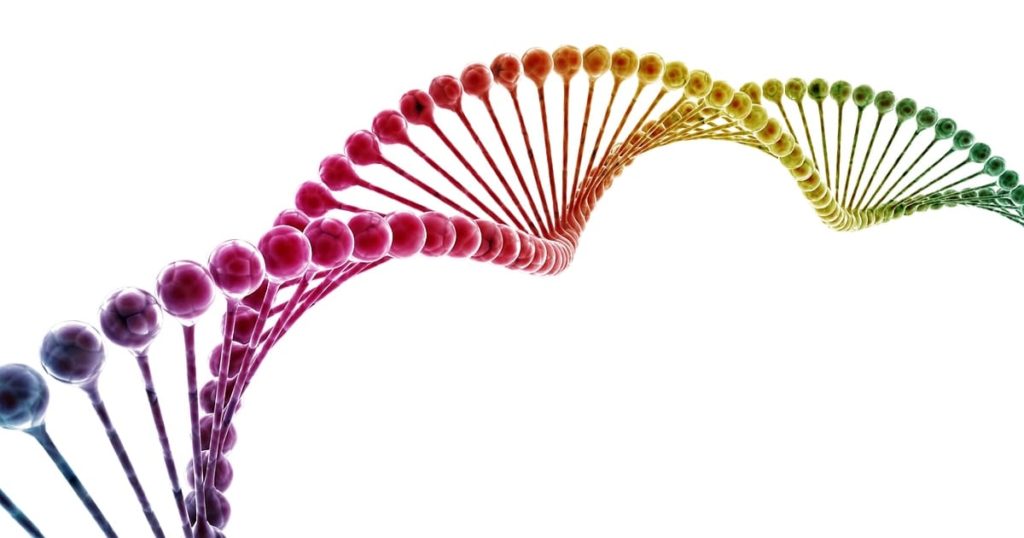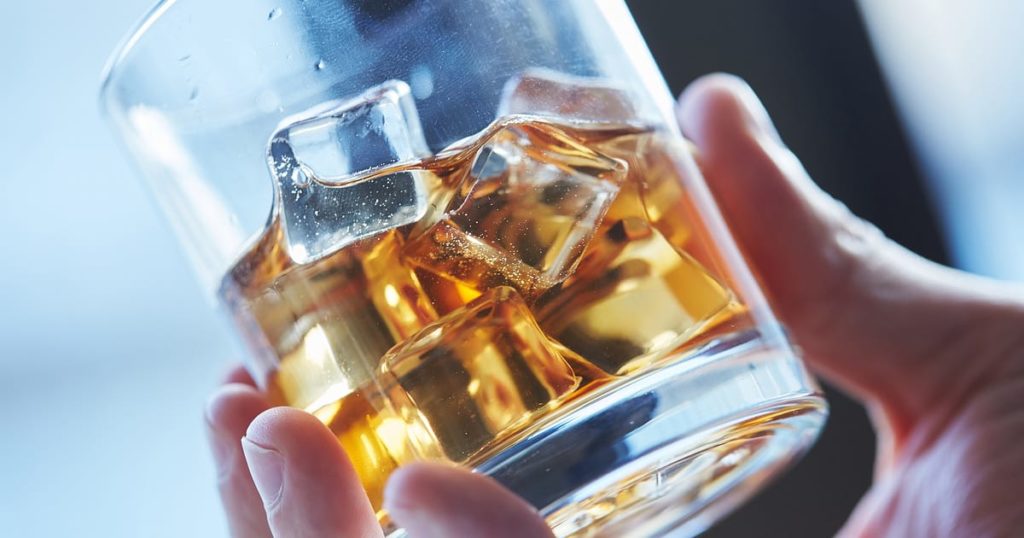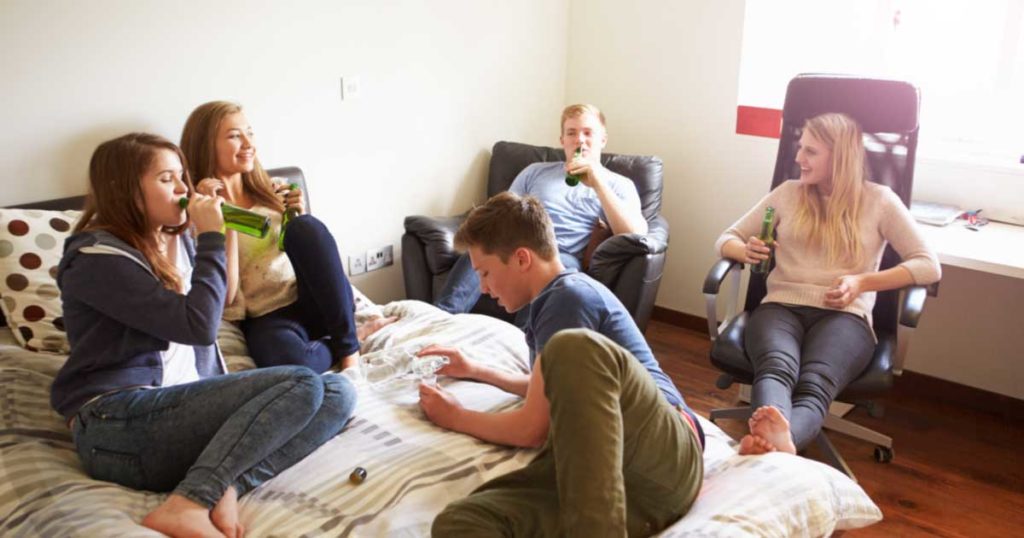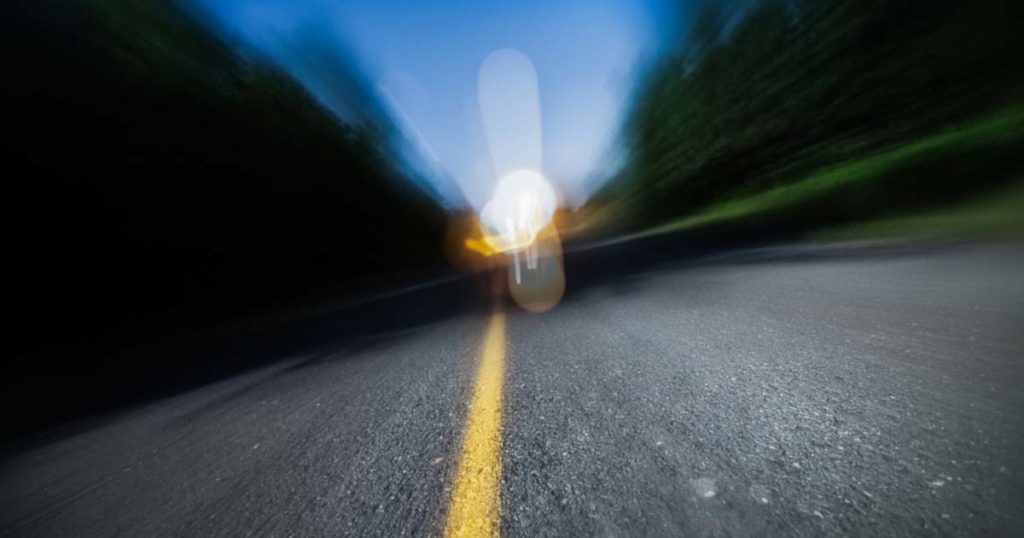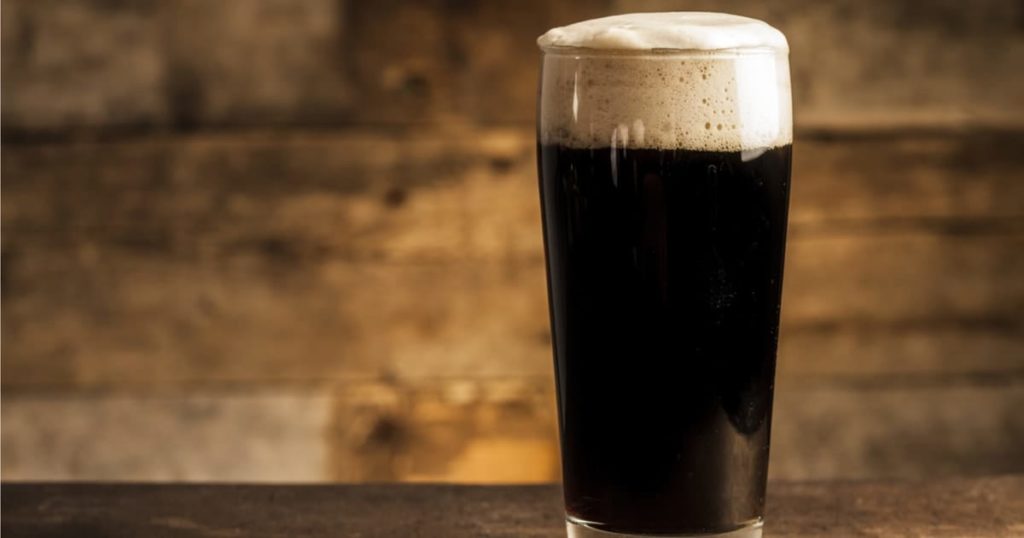When it comes to alcohol abuse prevention, binge drinking is at the top of the list of serious health concerns. Binge drinking occurs when an individual consumes a large number of drinks in a short amount of time. Normally this means five drinks for men or four drinks for women within a 2-hour period. However, most binge drinkers consume around eight drinks in a single binge. Binge drinking can wreak havoc on your health. If you’re looking for ways to cut back on binge drinking without giving up alcohol entirely, there are techniques you can use to maintain control.
Hold Yourself Accountable
A recent study found that individuals who receive text messages asking them about their drinking plans before or after a binge drinking opportunity (such as before the weekend or a big party) can help them control their drinking. The study showed that establishing a relationship with someone – even over an automated text messaging platform – in which you are held accountable for your drinking is more effective than attempting to avoid binge drinking alone. Before going to a party or before a time when you are likely to binge drink, ask a friend to hold you accountable. Let them know your goals for the weekend (such as the maximum number of drinks you’ll allow yourself) and check in with them after the weekend is over. Knowing that someone else will be aware if you succeed or fail is often enough to keep you in control.
Set Limits Before You Begin
In the moment, it can be easy to allow yourself “just one more,” especially in social situations. Set limits before you get to a party or before the weekend arrives so you’ll be prepared to say no when the time comes. It takes about an hour for your body to process one standard drink of alcohol. However, most people consume drinks that are larger than the standard unit. A standard drink can be 5 ounces of wine, 12 ounces of regular beer or 1.5 ounces of hard alcohol. Knowing that your drink will likely be larger than standard, try limiting yourself to one drink every 60 to 90 minutes.
Switch to Non-Alcoholic
In social settings there can be a lot of pressure to drink alcohol. If you’ve reached your pre-set limit for the evening, switch to drinking non-alcoholic beverages. Pour your beverage into a nondescript cup so it’s not obvious what you’re drinking. You’ll feel less pressure from your peers to pick up an alcoholic drink and you’ll cut back on your alcohol intake. If you find that it is too difficult to have just one or two drinks in a single evening, it may be time to reevaluate your drinking behavior altogether. If you are unable to control your drinking, especially once you’ve had a few, you may want to consider quitting alcohol completely. If you need help, there are countless options for inpatient, outpatient and self-help addiction recovery programs.
Sources
Centers for Disease Control and Prevention. (2015). Alcohol and Public Health: Fact Sheets – Binge Drinking. https://www.cdc.gov/alcohol/fact-sheets/binge-drinking.htm National Health Services (UK). (2015). How long does alcohol stay in your blood? https://www.nhs.uk/chq/Pages/853.aspx?CategoryID=87 National Institute on Alcohol Abuse and Alcoholism. (n.d.). What is a Standard Drink? https://www.niaaa.nih.gov/alcohol-health/overview-alcohol-consumption/what-standard-drink Soffoletto, B., Kristan, J., Chung, T., Jeong, K., Fabio, A., Monti, P., & Clark, D. B. (2015). An Interactive Text Message Intervention to Reduce Binge Drinking in Young Adults: A Randomized Controlled Trial with 9-Month Outcomes. PLoS One, 10(11), e0142877. U.S. Department of Health and Human Services. (2016). Rethinking Drinking: Alcohol and Your Health. https://pubs.niaaa.nih.gov/publications/RethinkingDrinking/Rethinking_Drinking.pdf

